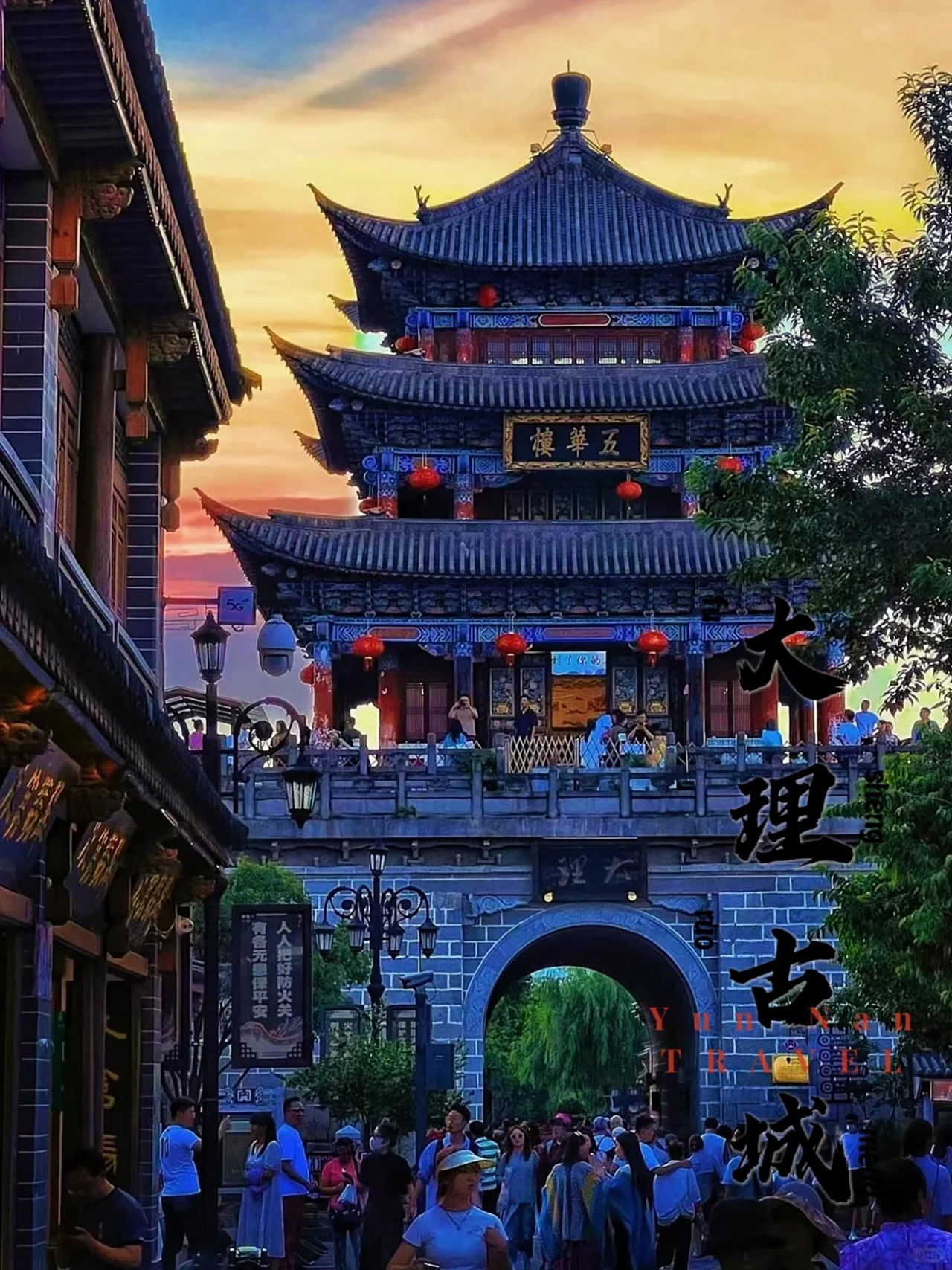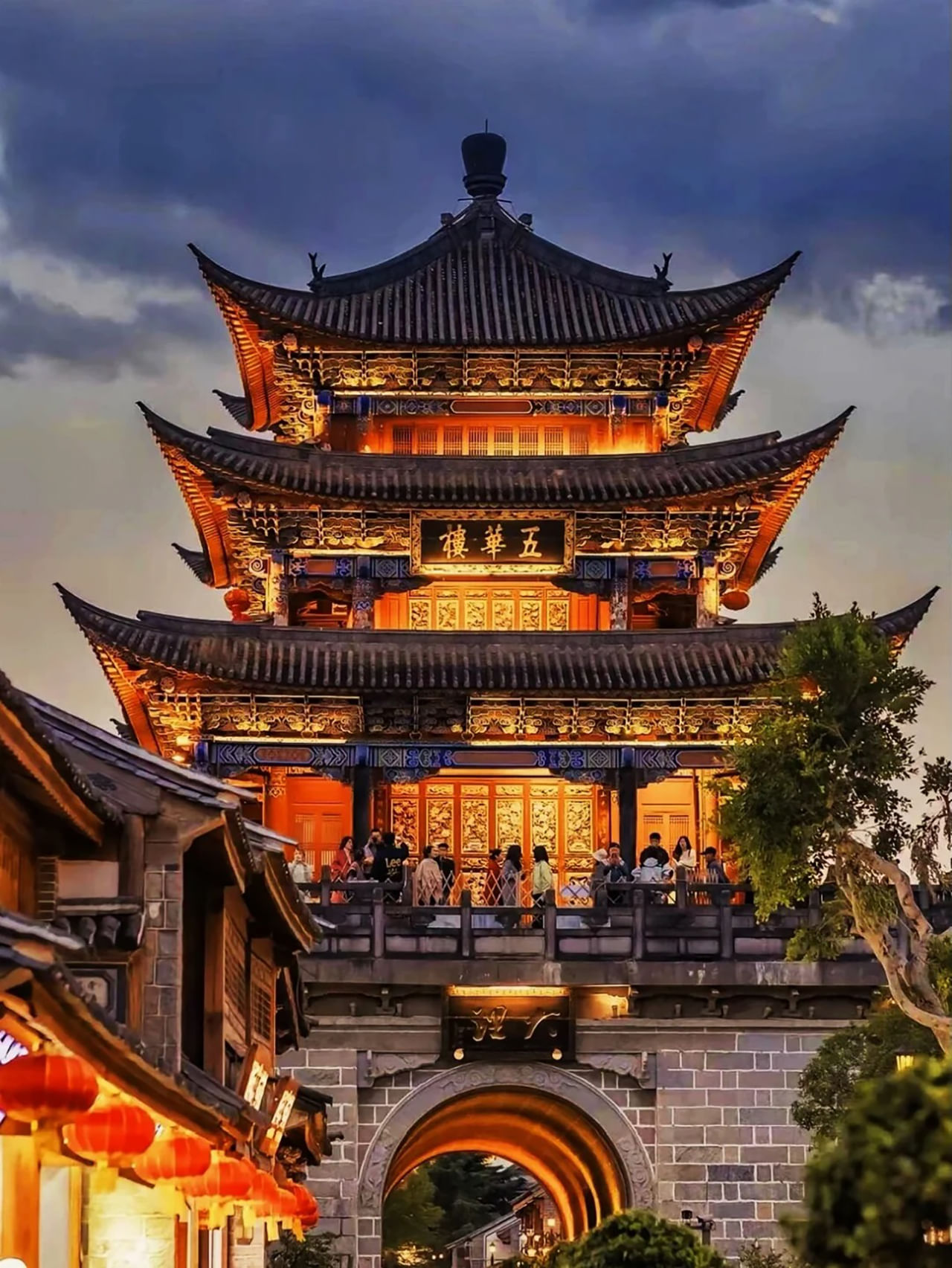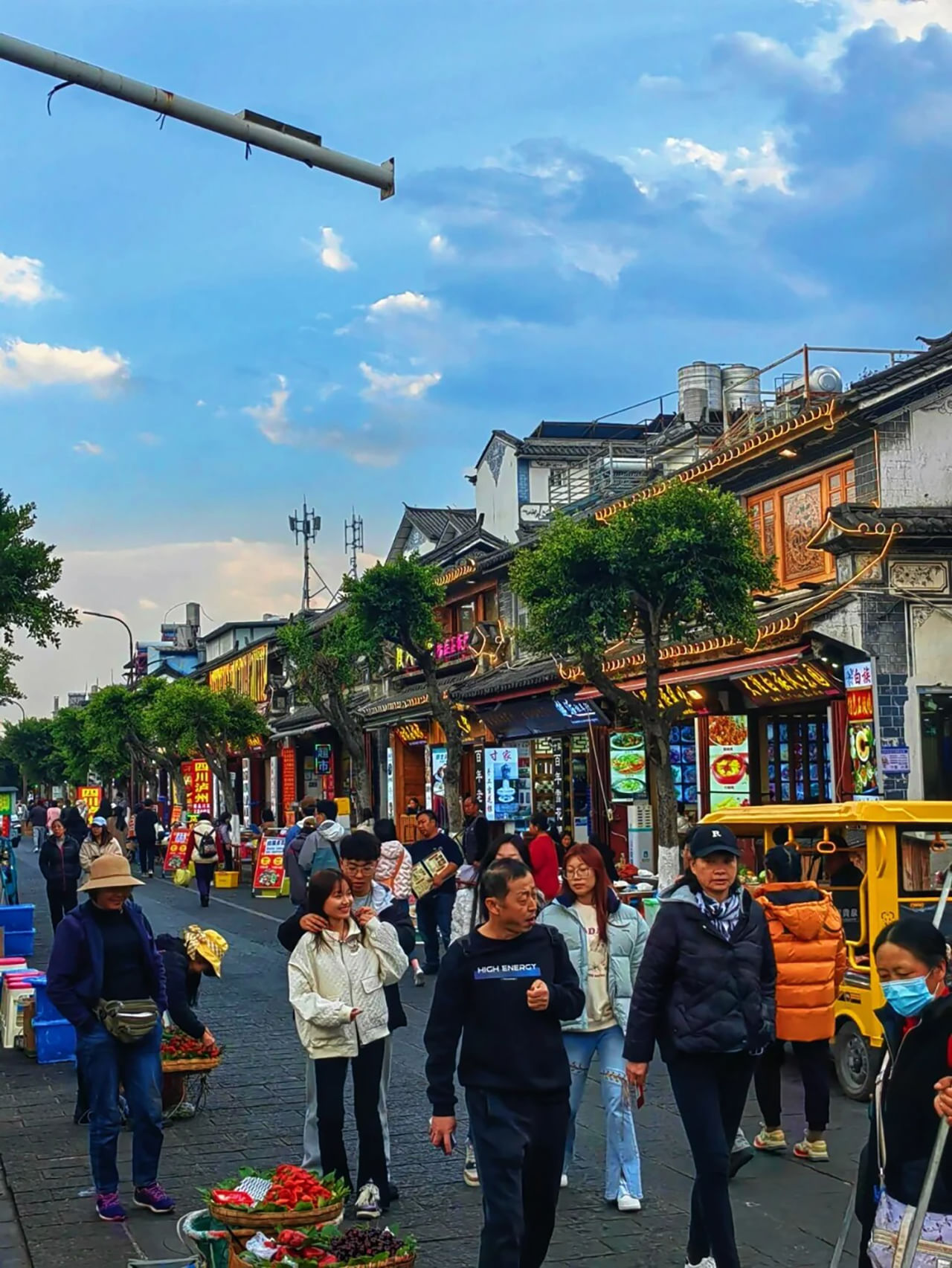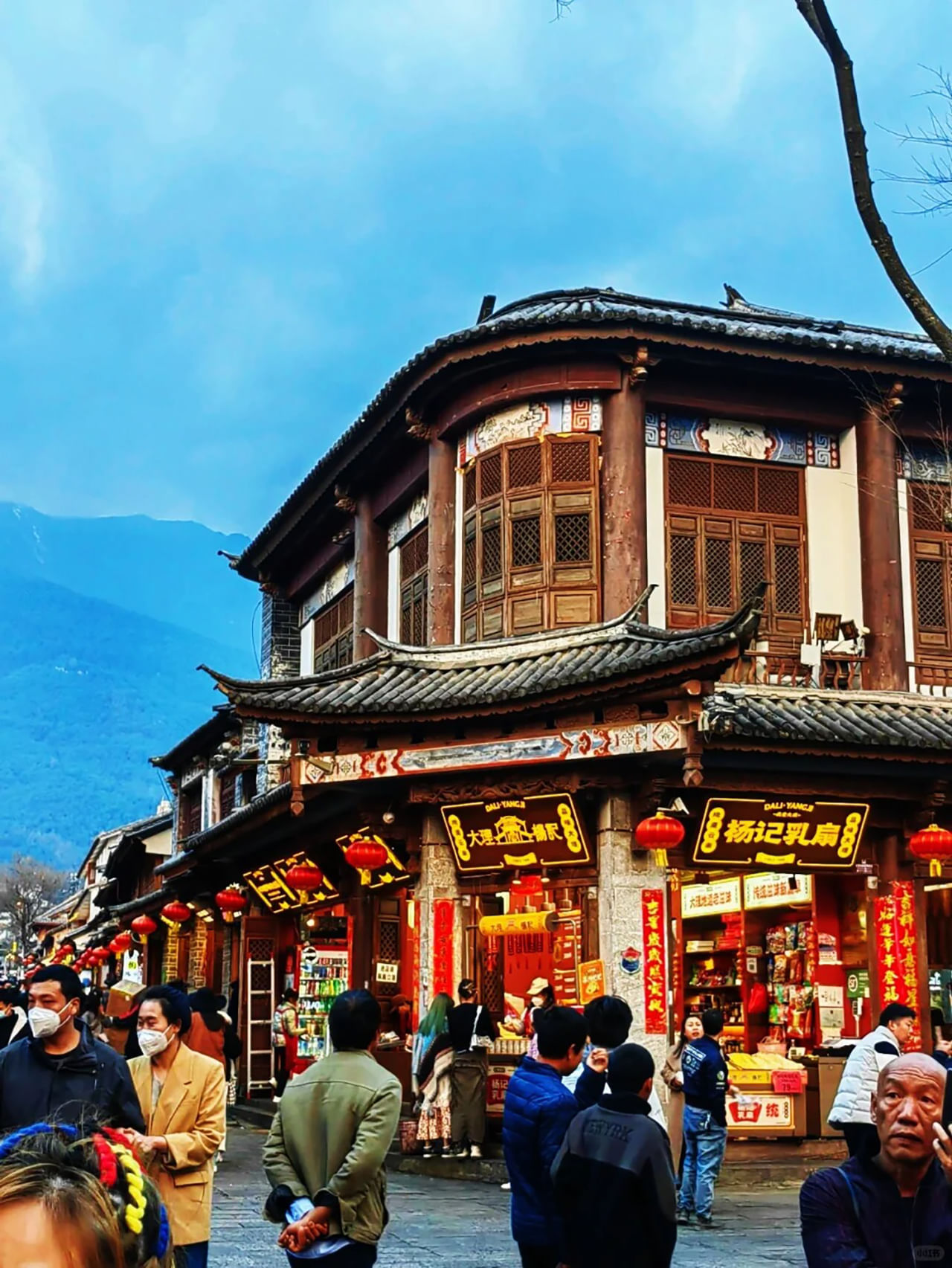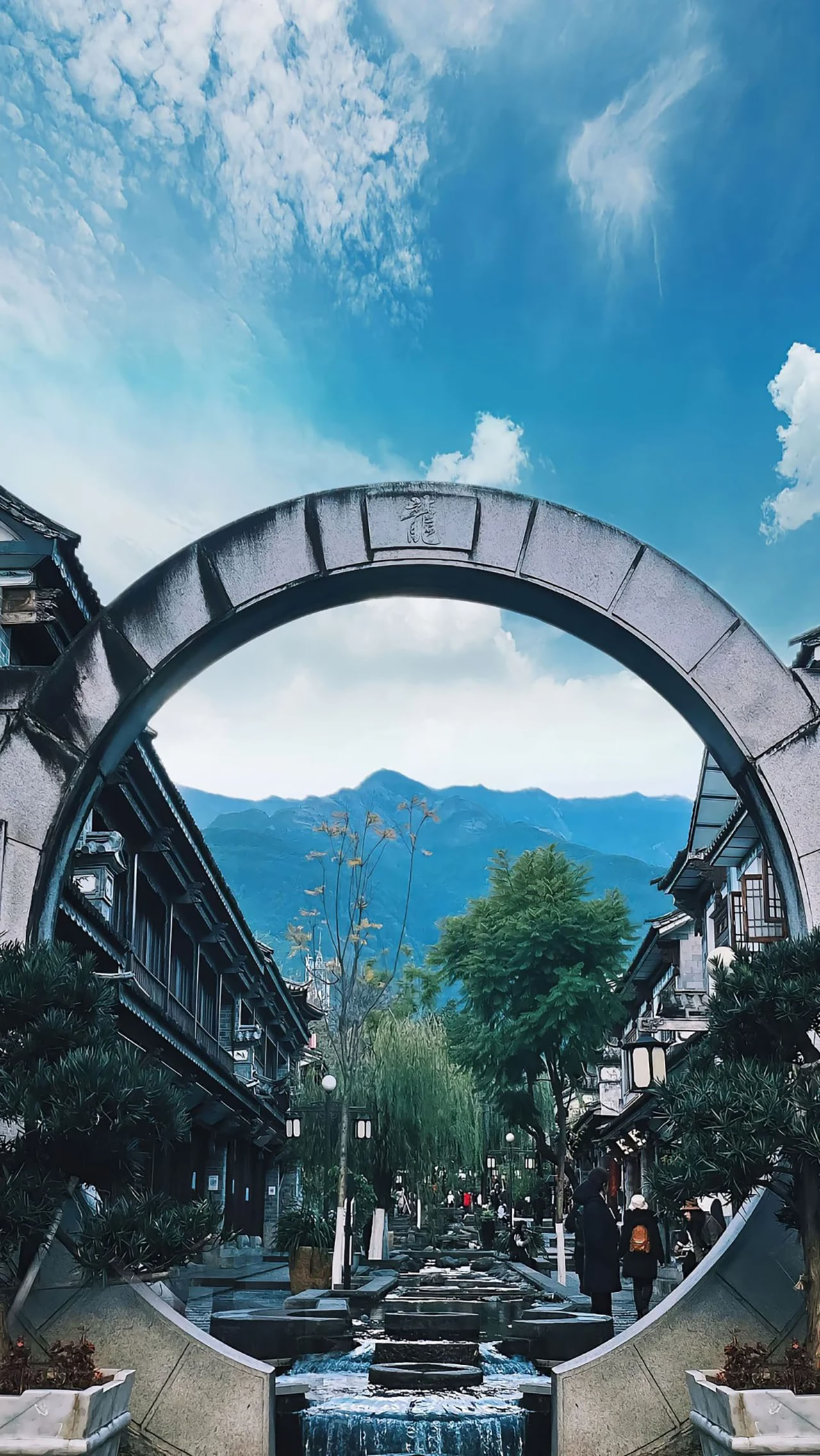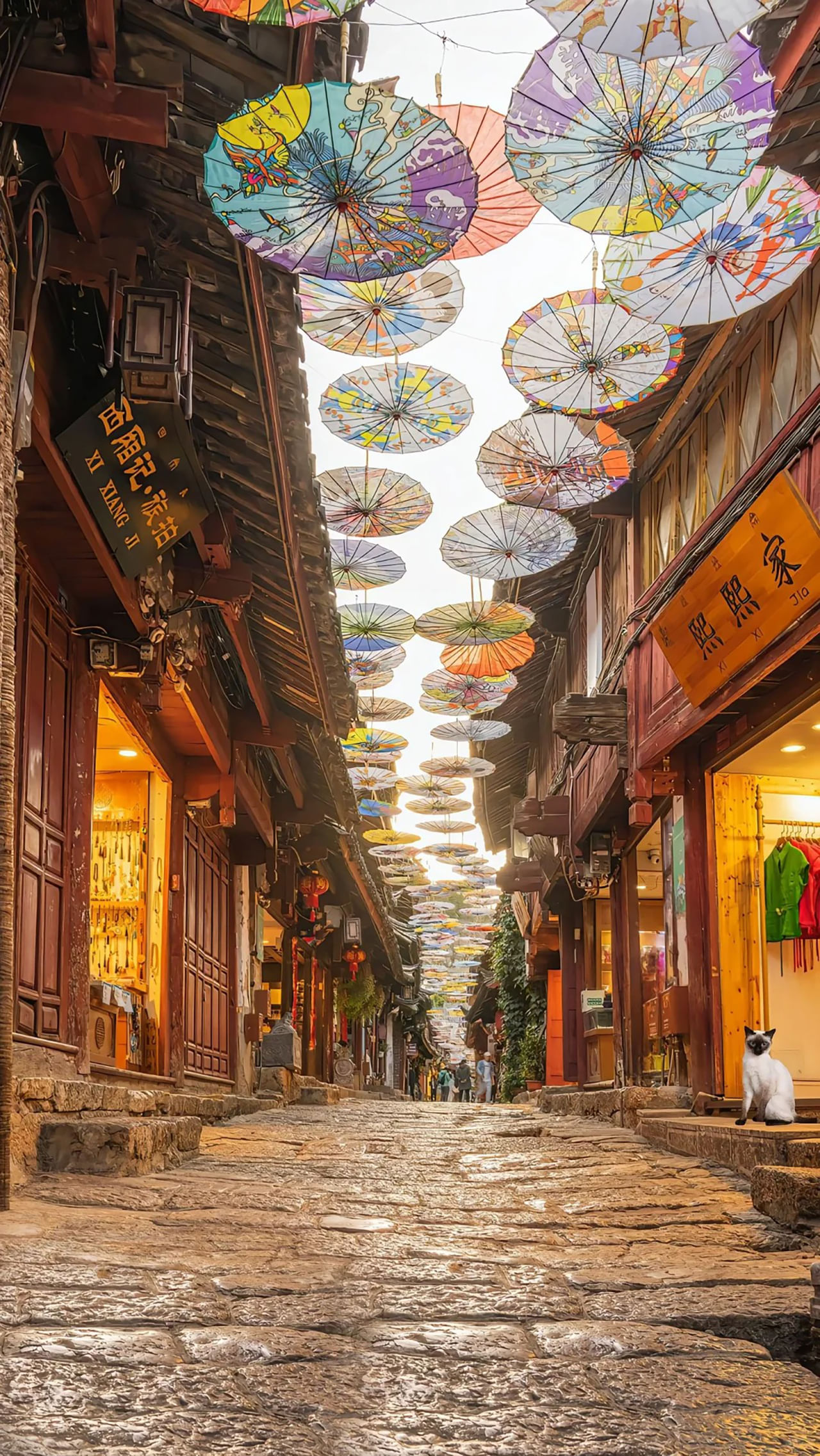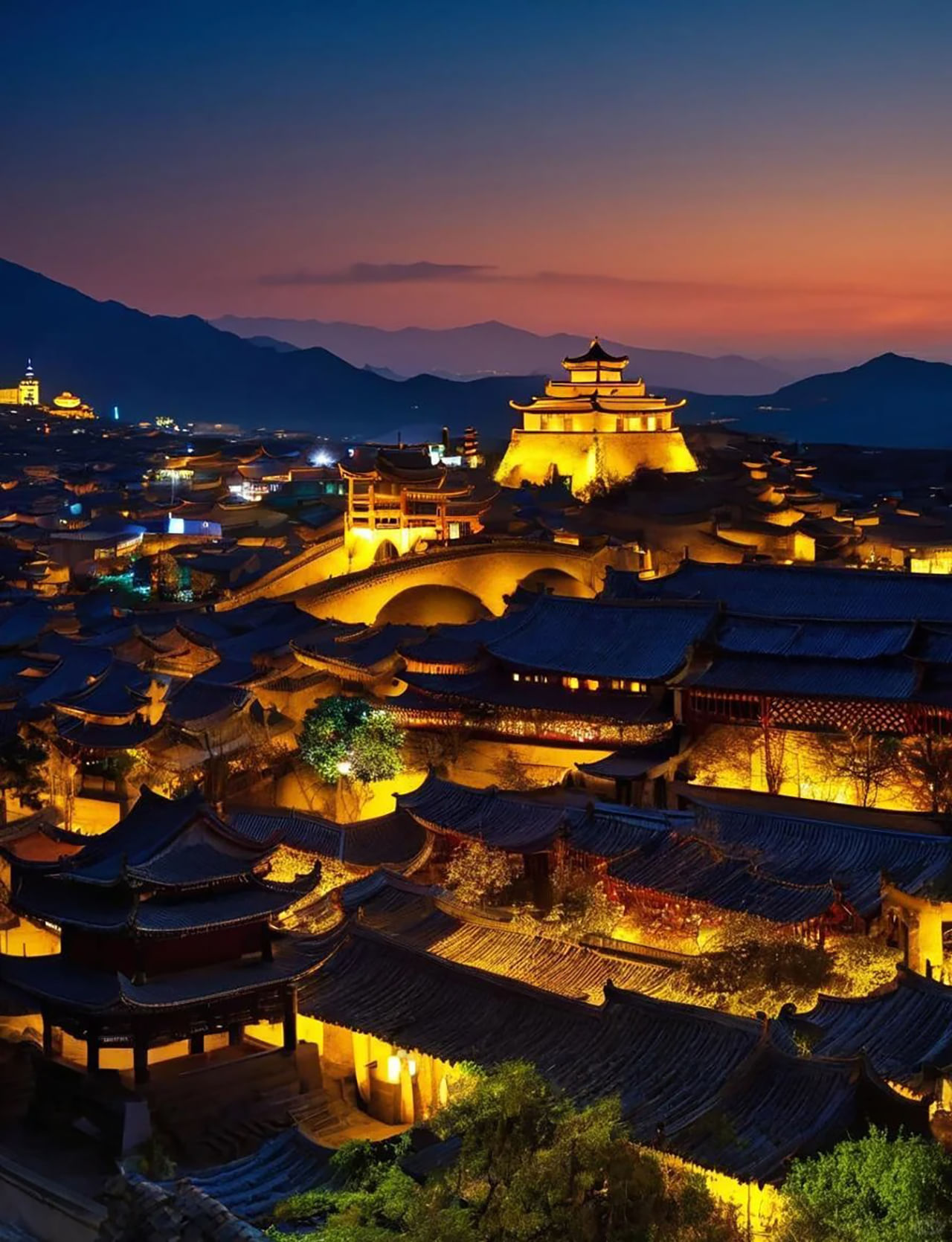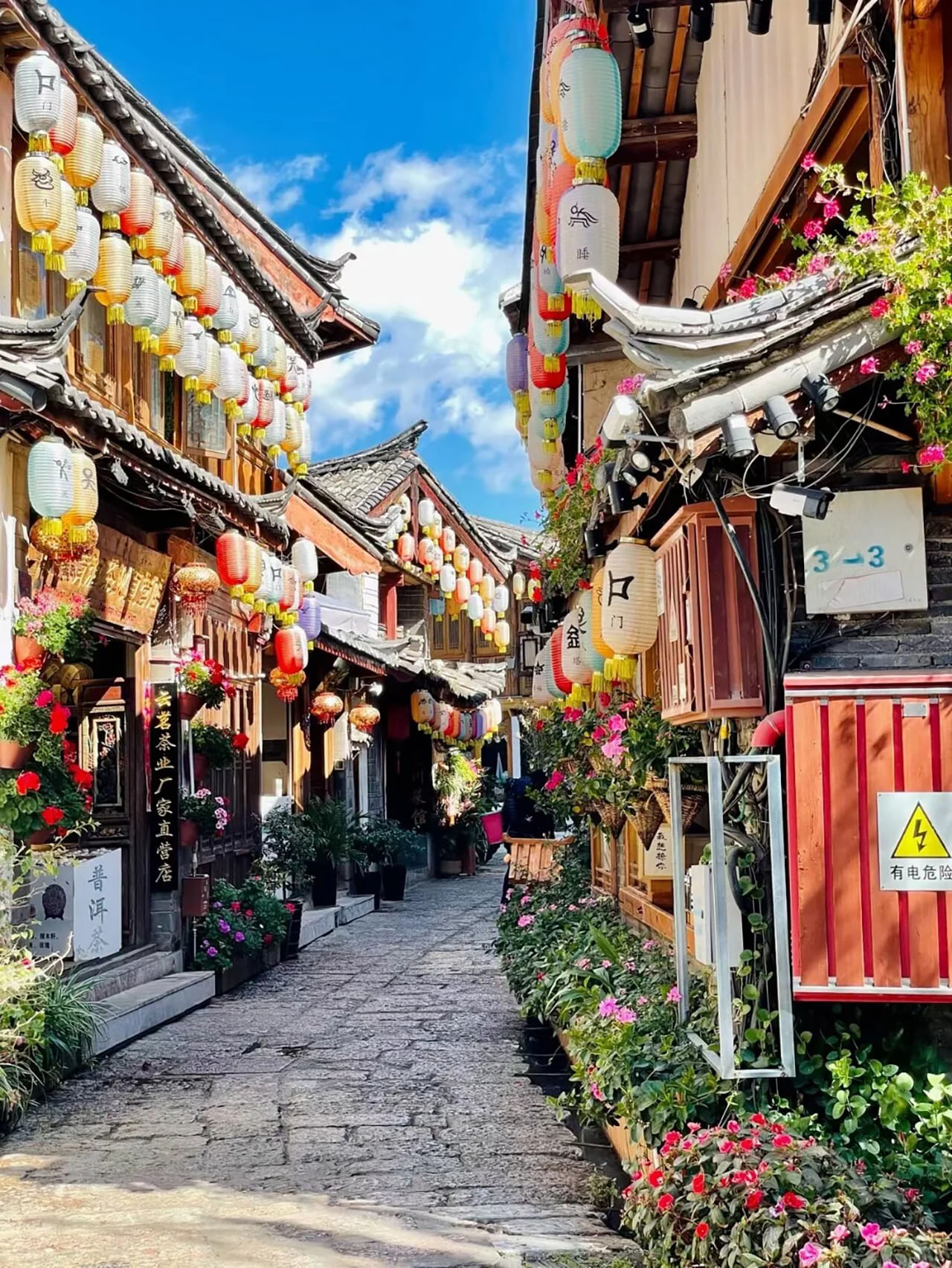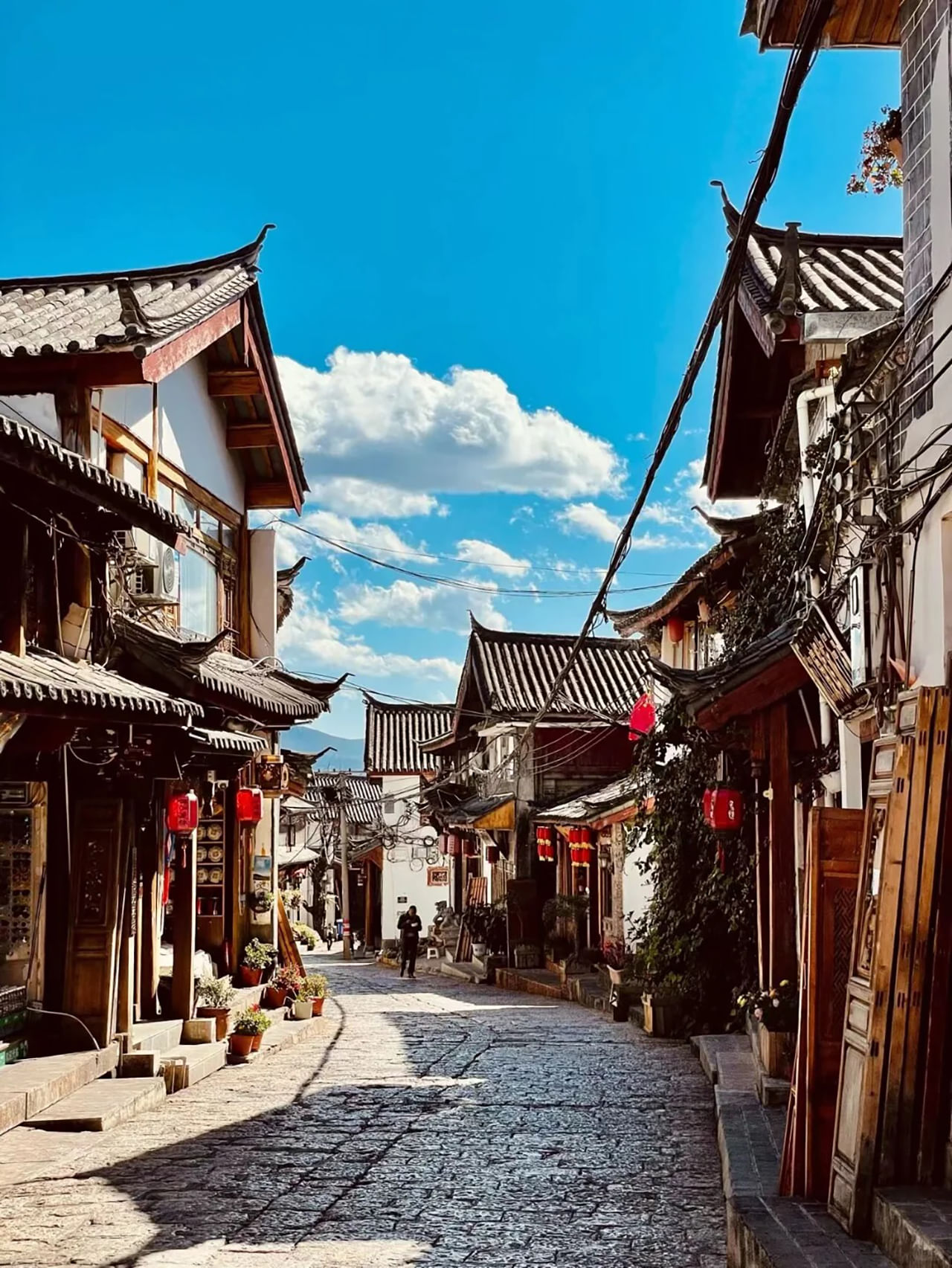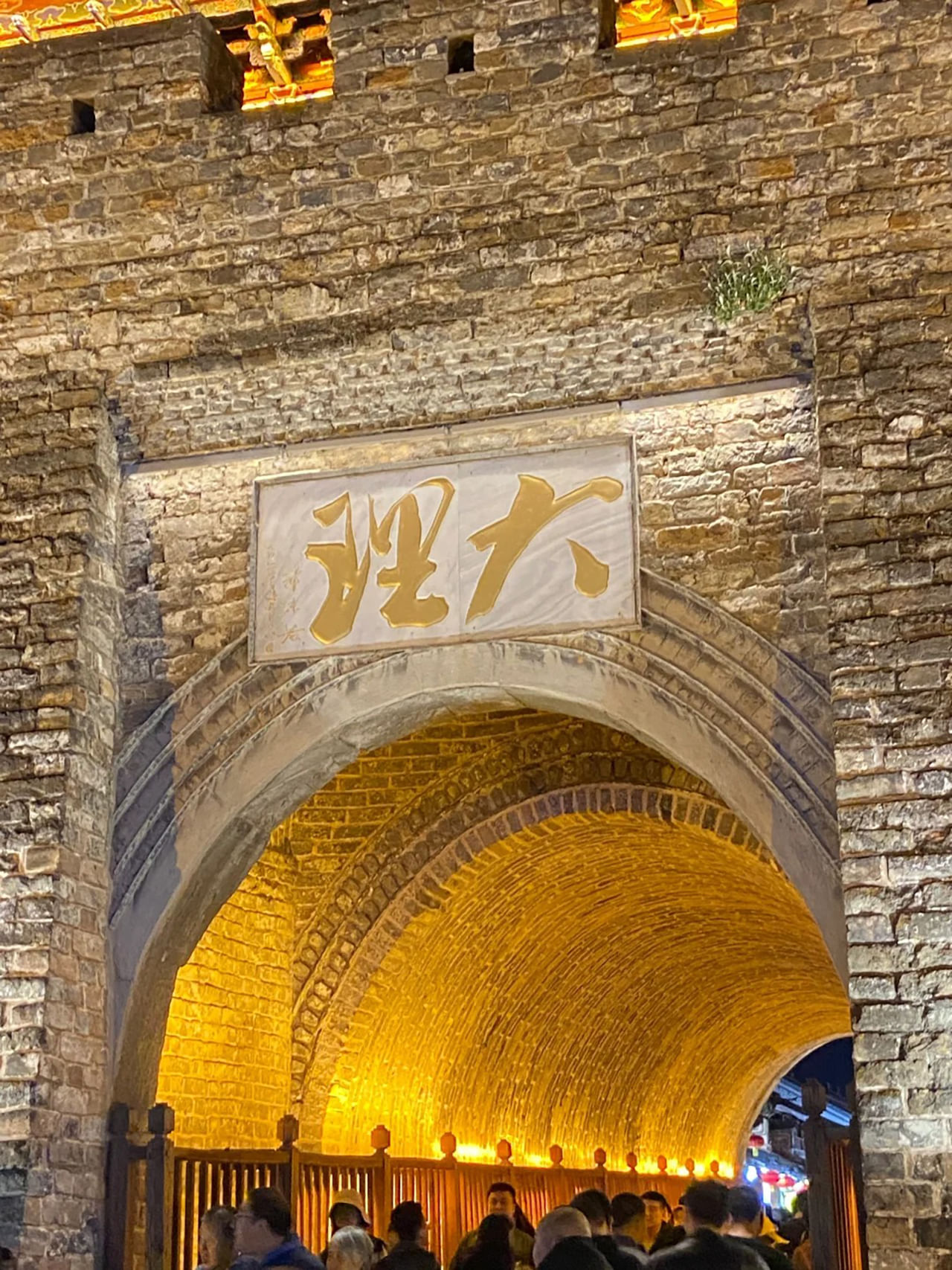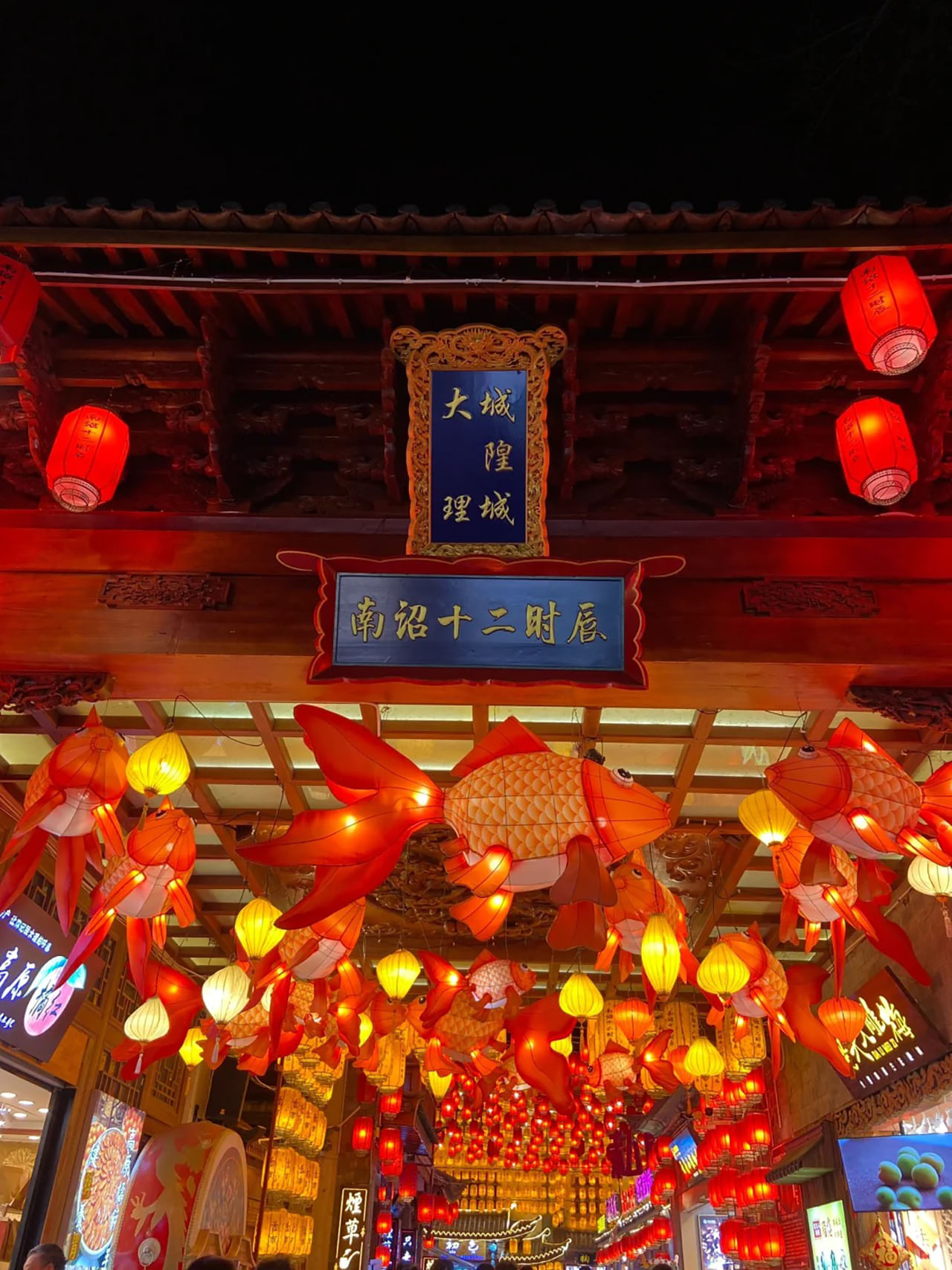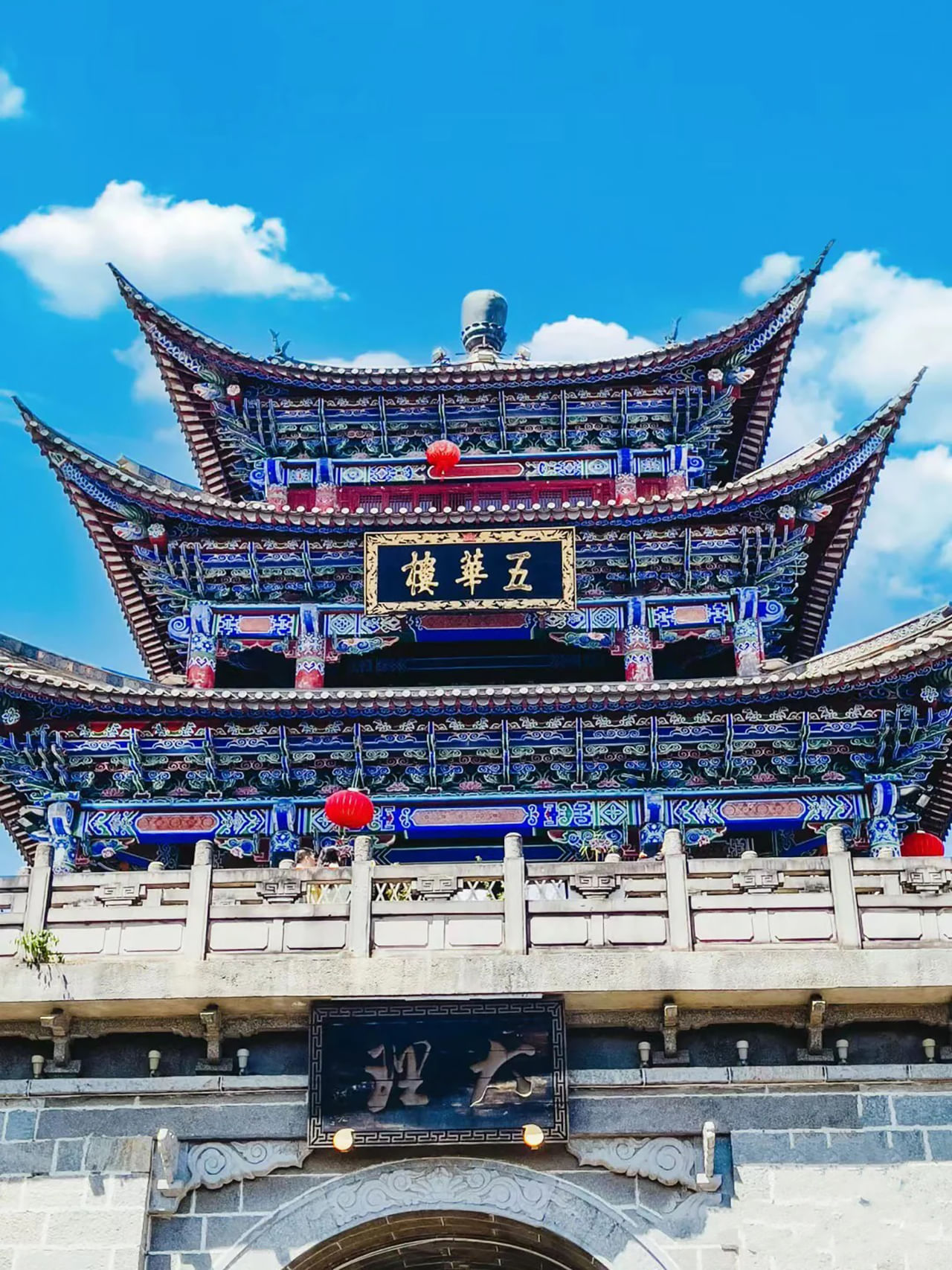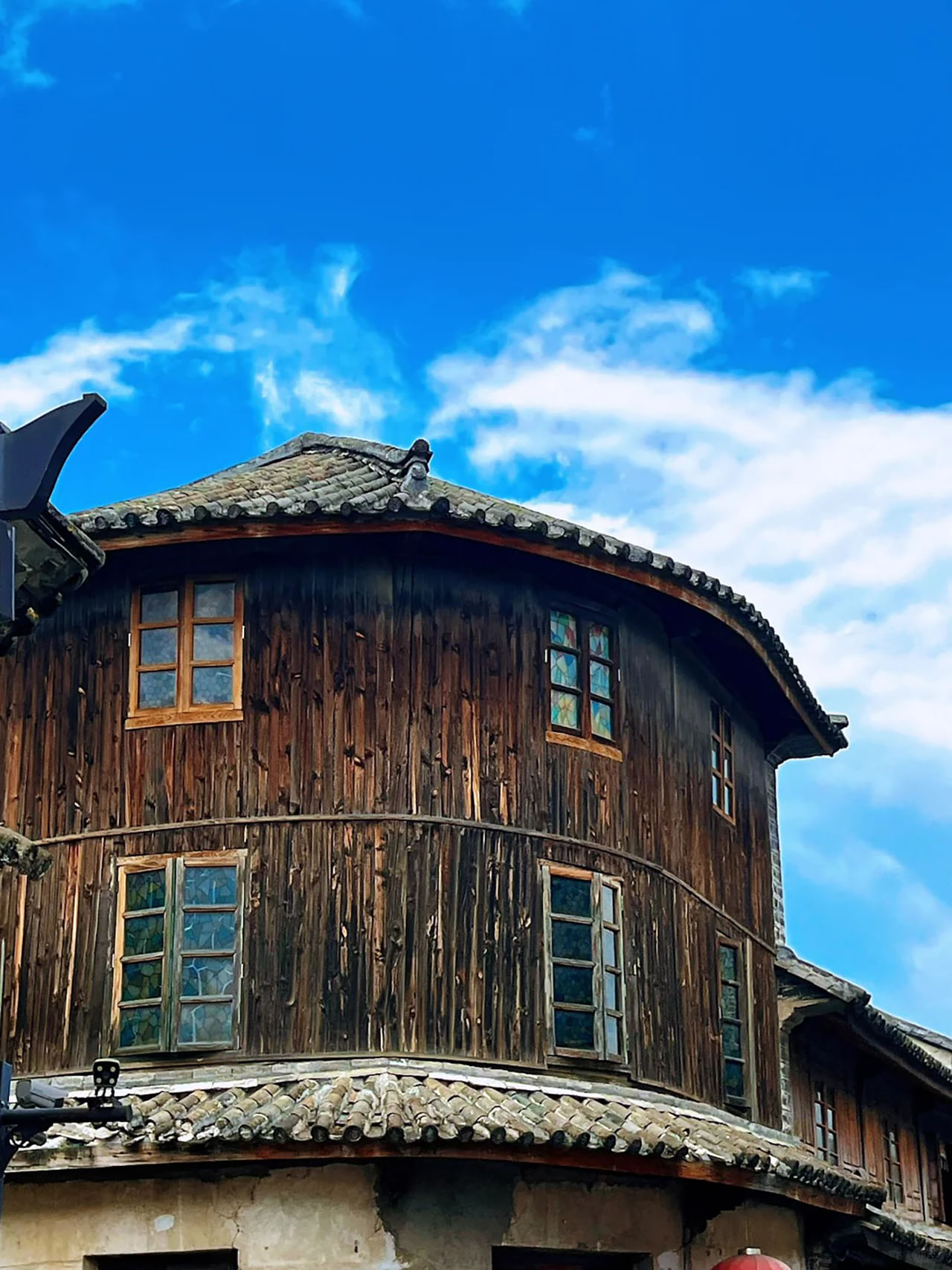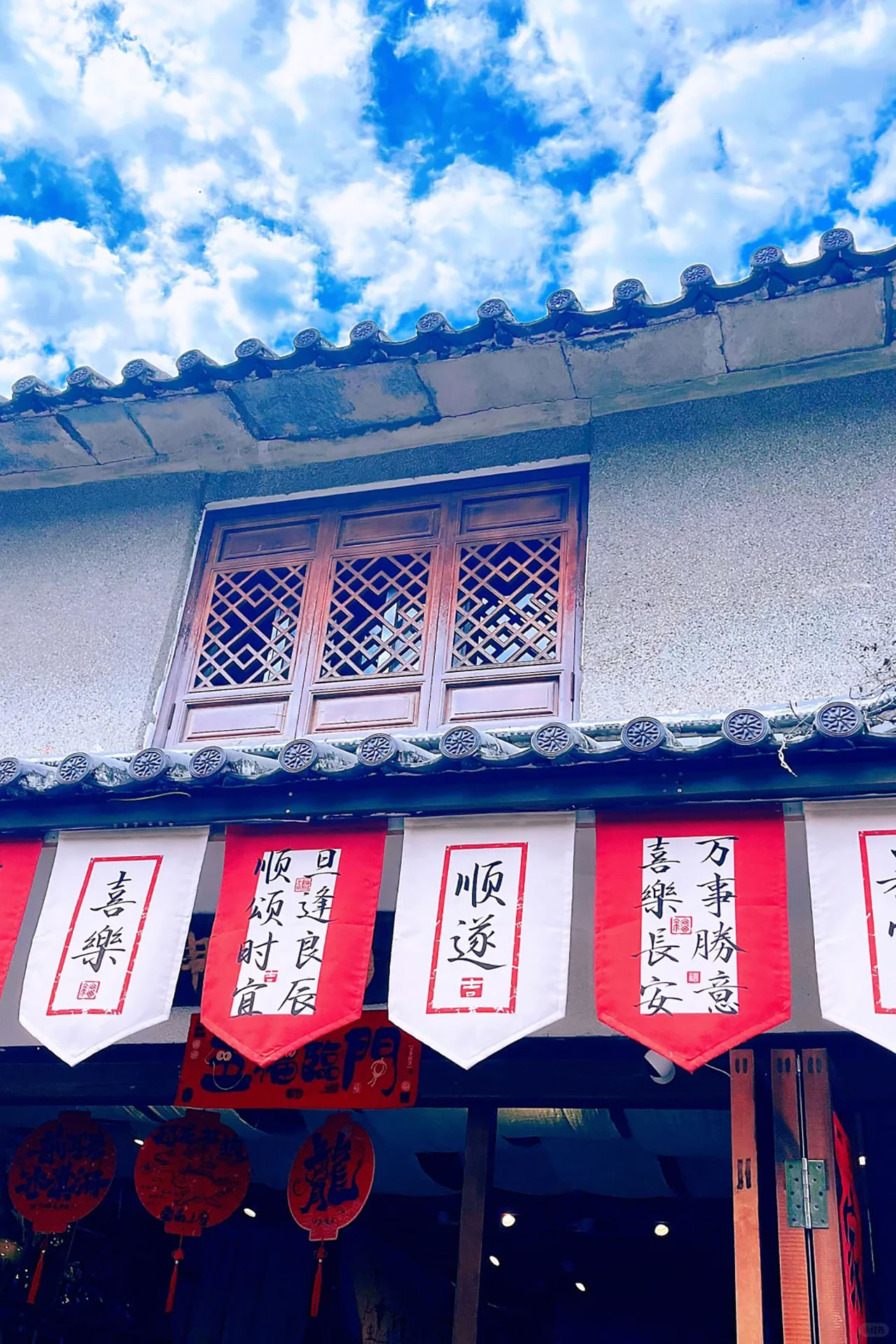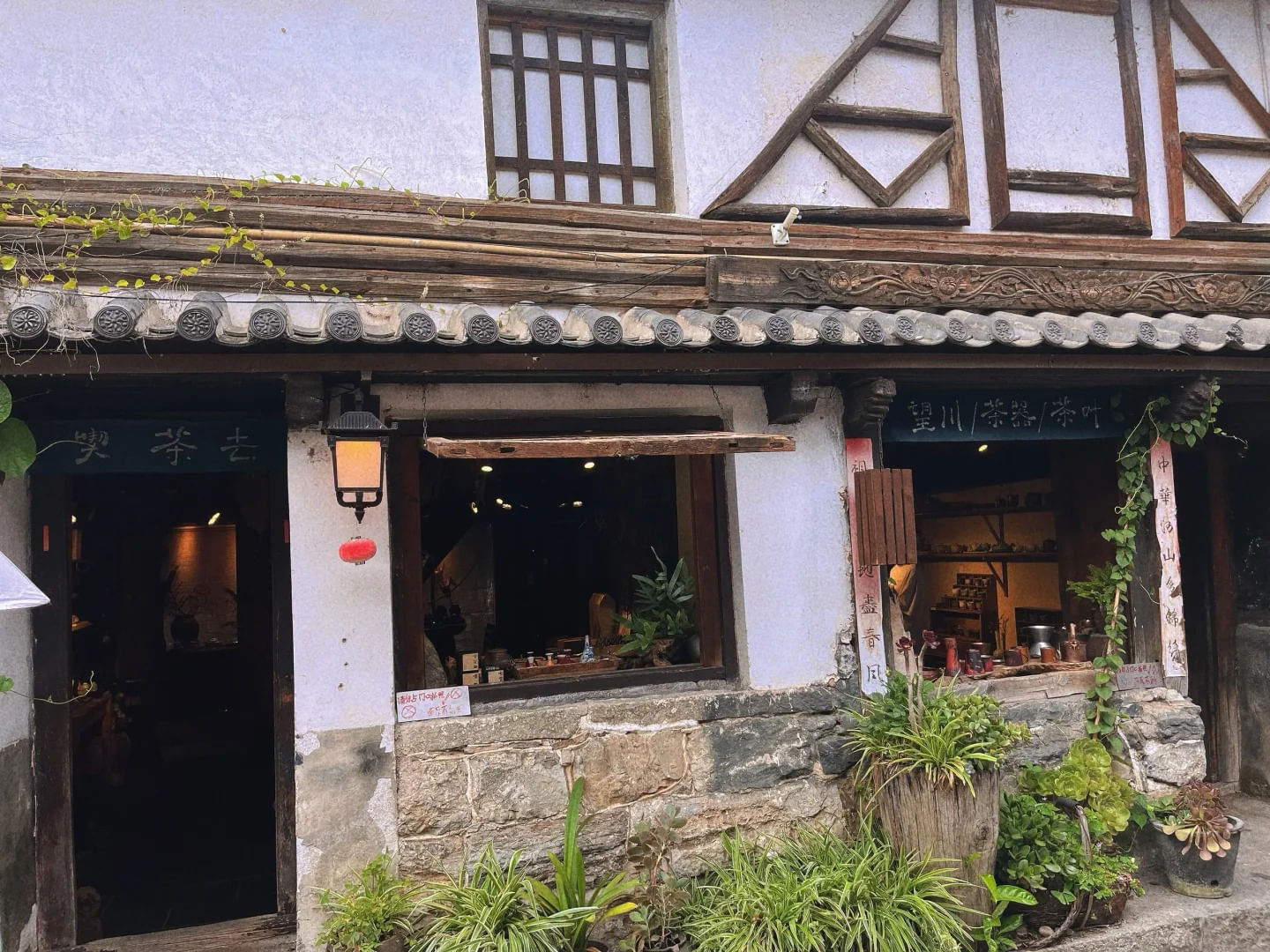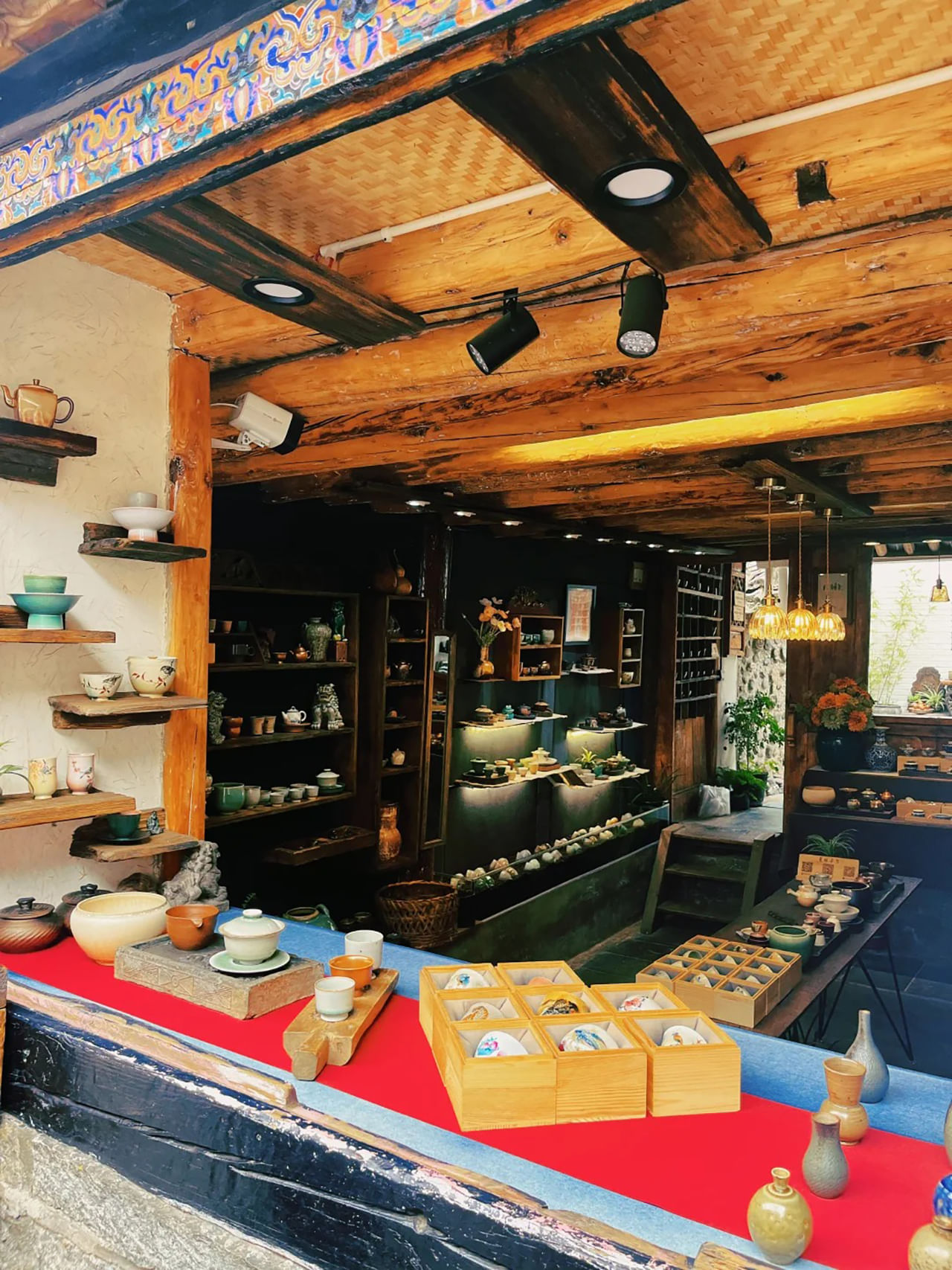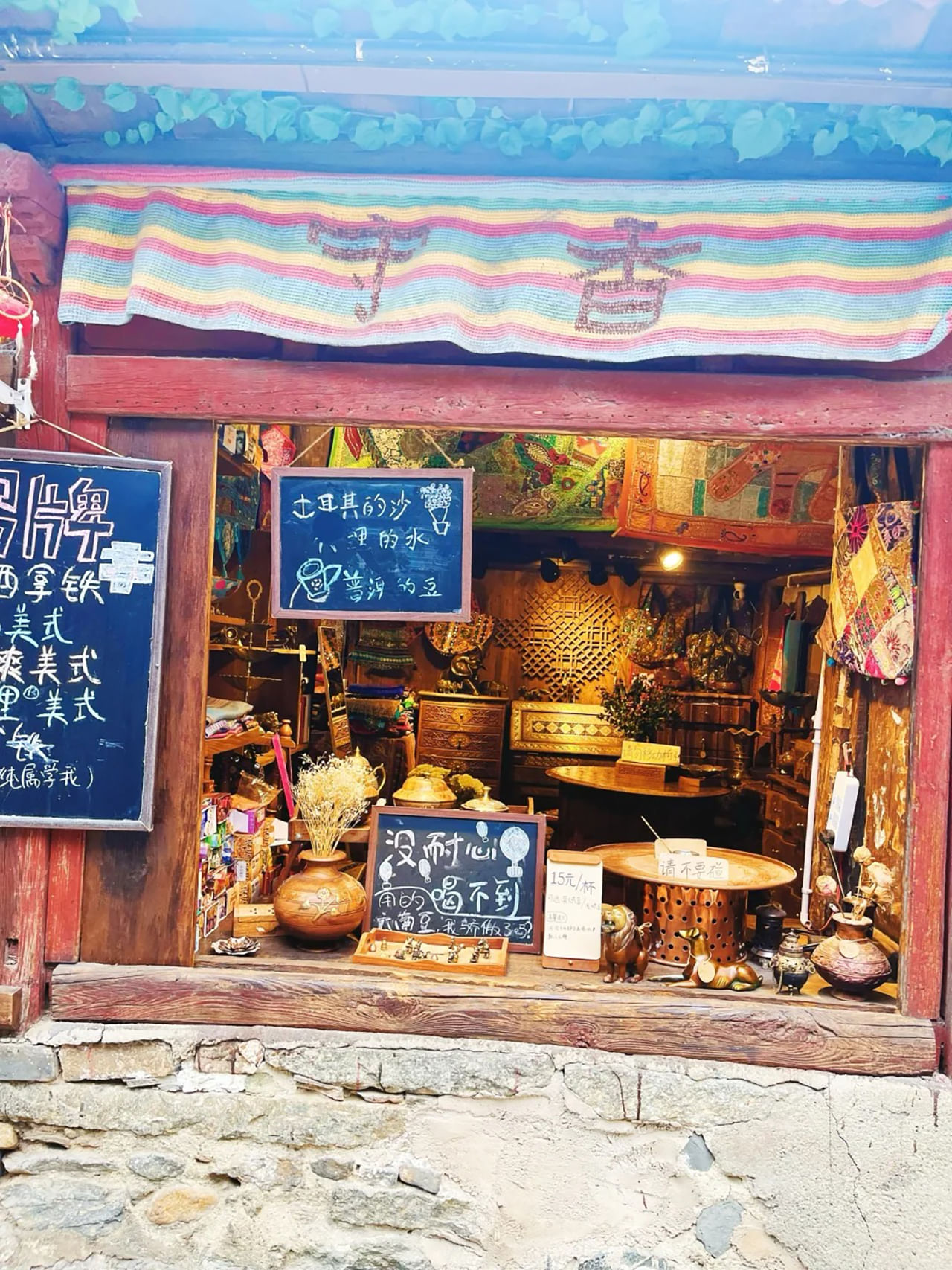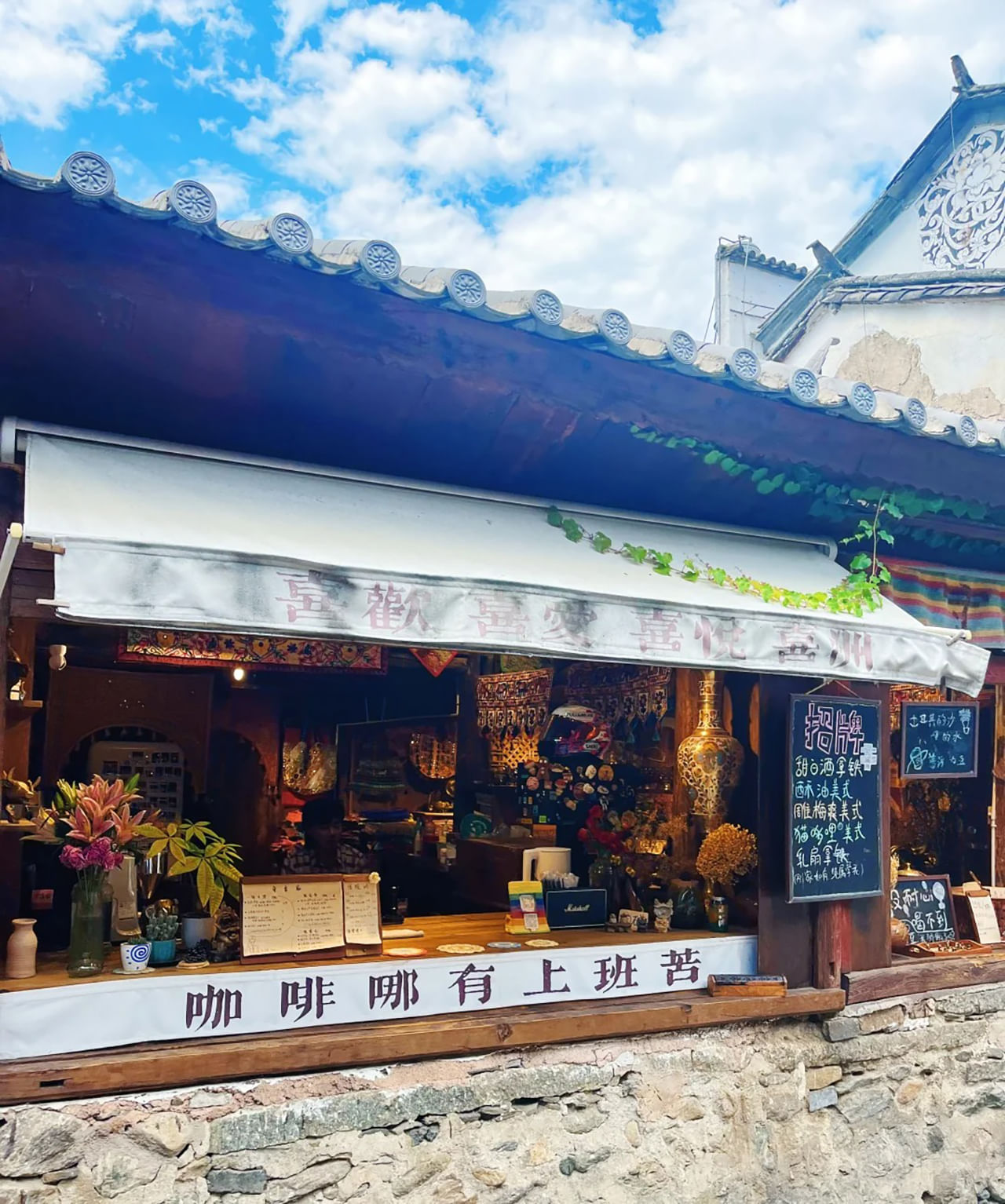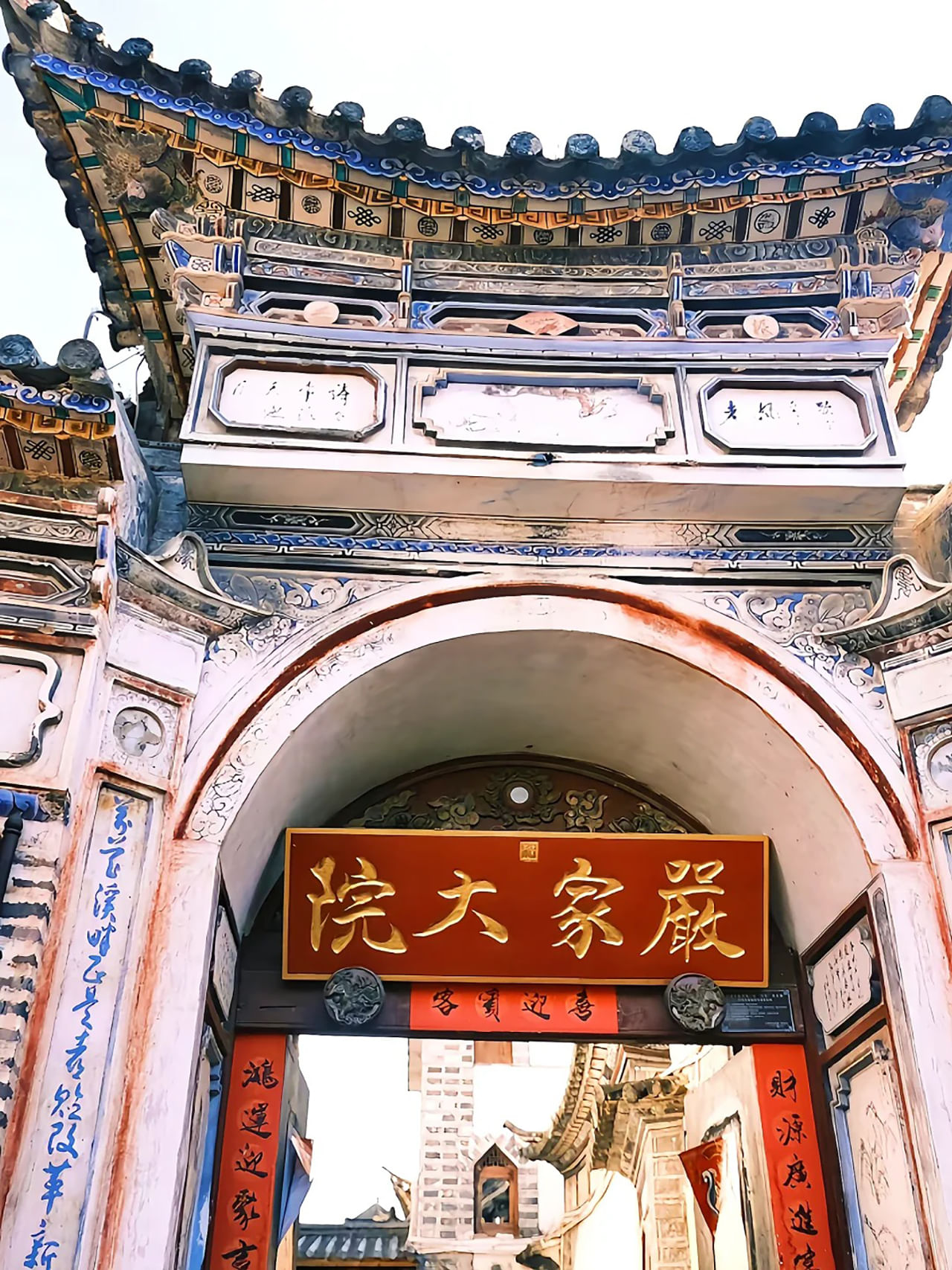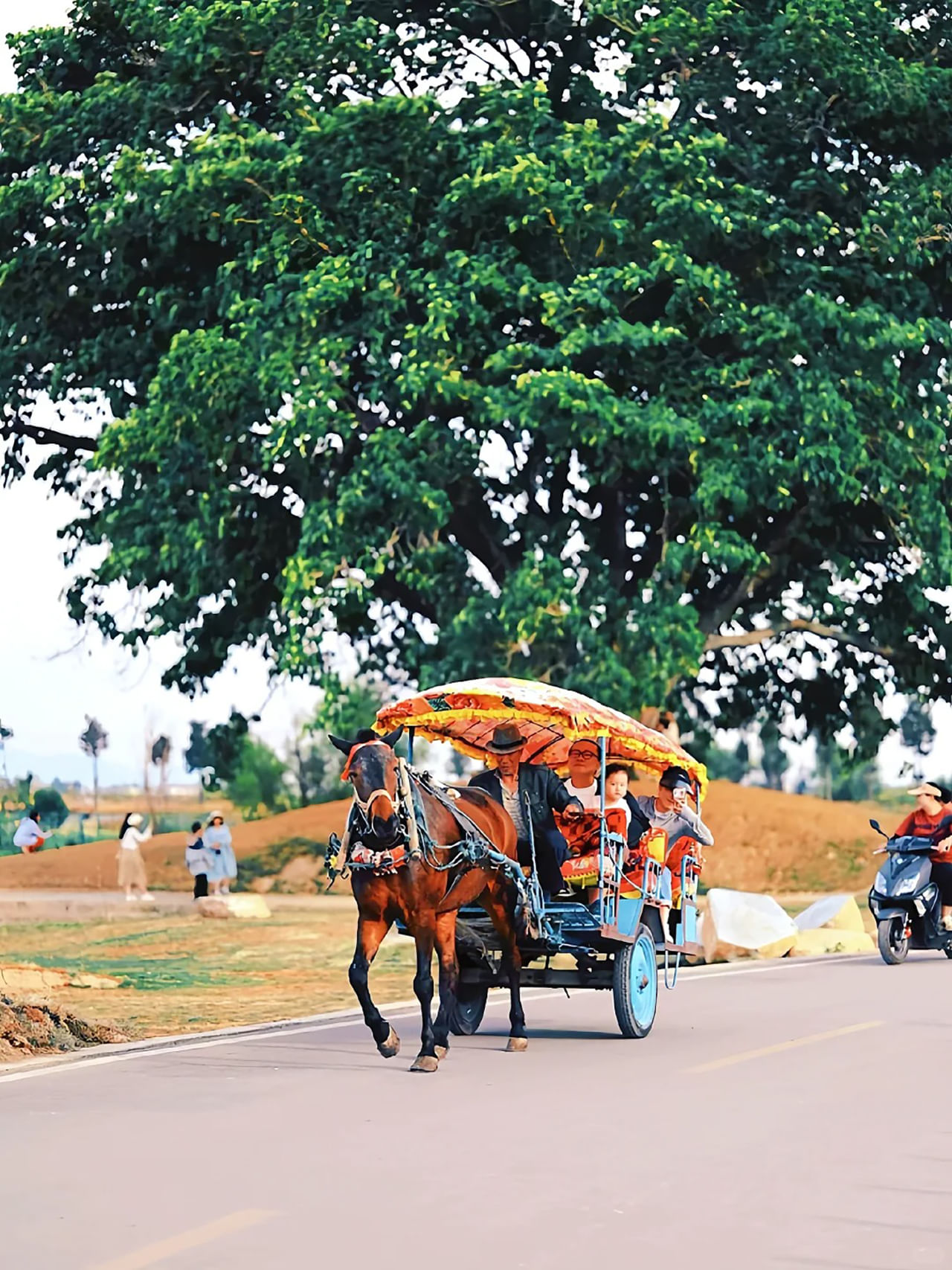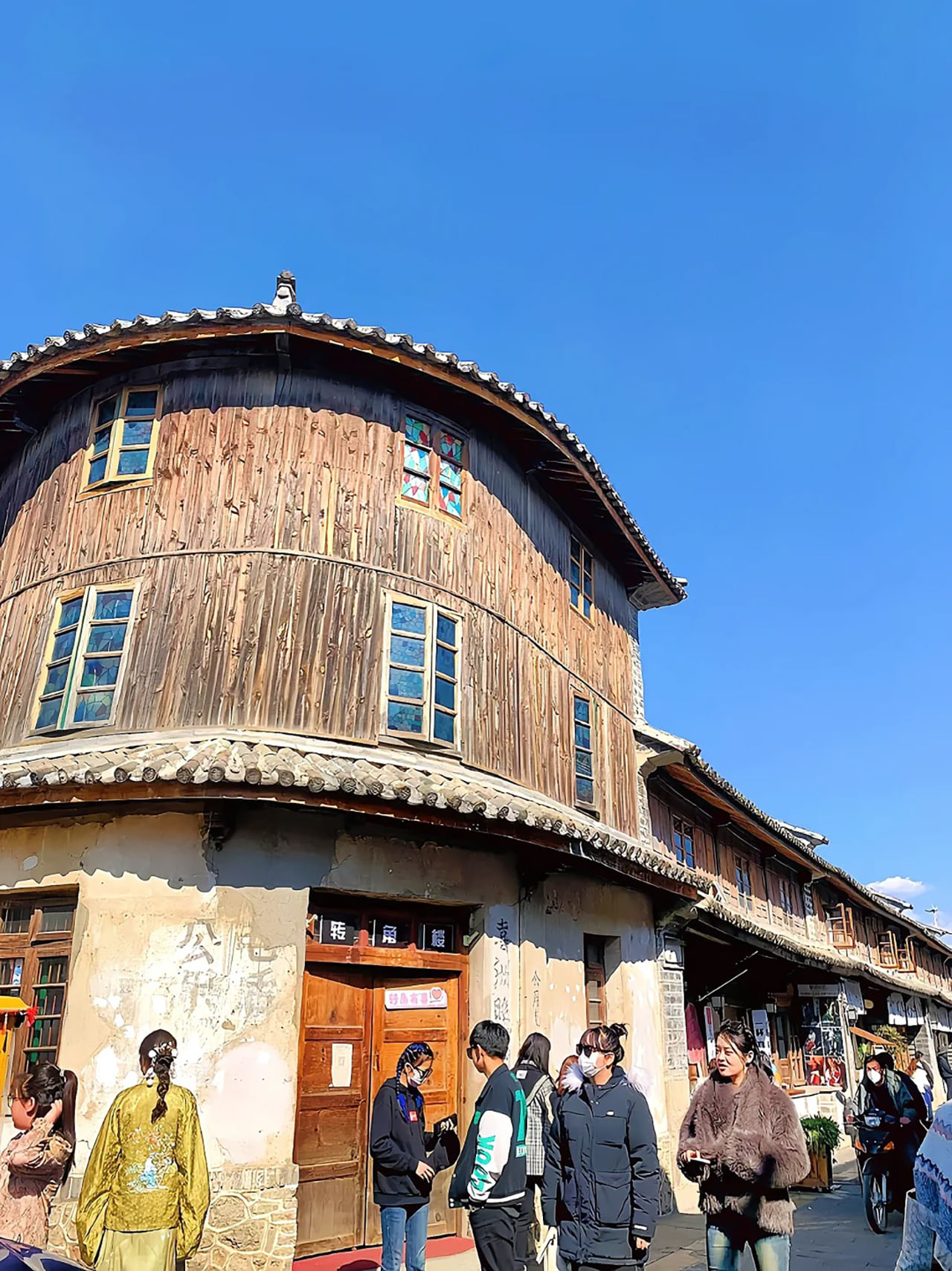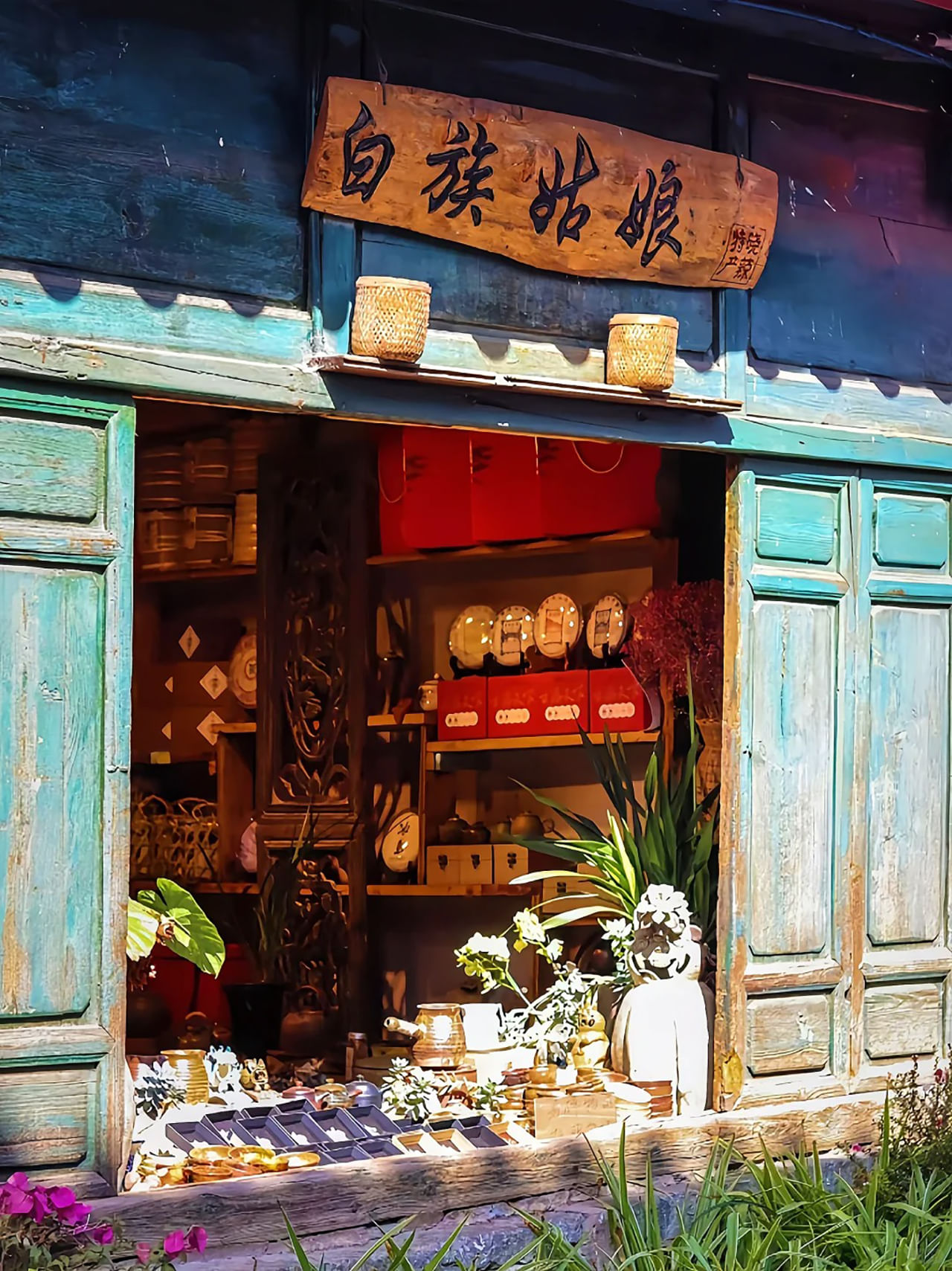หน้าคอลเลกชันแบบไดนามิก
4 hours
Easy
คอลเลกชันแบบไดนามิก
หน้าแบบไดนามิก
มีอะไรบ้าง?
- English-speaking Private guide
- Customized itinerary
- Private Vehicle with Pickup/Dropoff (option)
- French/German/Italian/Spanish/Russian guide (extra fee)
- Malay/Indonesian/Thai/Vietnamese/Khmer guide (extra fee)
การยกเว้น
- Tips and gratuities
- Entrance and admission fee
- Public Transportation expenses
- Meals and beverages
- Personal expenses
โปรดทราบ
Booking a Dali Tour with a Private Guide ensures a personalized and enriching experience. Here’s what you should know before you go:
WHY CHOOSE A PRIVATE GUIDE?
- PERSONALIZED EXPERIENCE
- A private guide allows you to tailor your itinerary to your interests, pace, and group size.
- CULTURAL INSIGHTS
- A local guide can provide in-depth knowledge about Dali’s history, Bai ethnic culture, and natural attractions.
- HIRING A PRIVATE GUIDE
- A knowledgeable guide can adapt the itinerary to your needs and help navigate challenging areas.
BEST TIME TO VISIT
- SPRING (MARCH-MAY)
- Perfect for blooming flowers and comfortable temperatures.
- AUTUMN (SEPTEMBER-NOVEMBER)
- Offers clear skies and pleasant weather.
- AVOID PEAK HOLIDAYS
- Avoid the rainy season (June-August) and Chinese public holidays like Golden Week (early October) to avoid crowds and higher costs.
- WEATHER
- Dali has a mild climate year-round, but bring layers as it can get chilly, especially near the mountains or near Erhai Lake.
PHYSICAL ACTIVITY
- WALKING AND HIKING
- Some attractions, like CAngshan Mountain or the Three Pagodas, may involve moderate walking or hiking. Wear comfortable shoes.
- HEALTH NEEDS
- Inform the guide of any physical limitations or dietary restrictions in advance.
ACCESSIBILITY AT KEY ATTRACTIONS
- DALI OLD TOWN
- Challenges: Narrow streets, uneven surfaces, and steps into shops and restaurants.
- Tips: Wheelchair users may need assistance in certain areas, but the main streets are relatively navigable.
- THREE PAGODAS:
- Challenges: Includes stairs and large open spaces that may require walking. Wheelchair access is limited.
- Tips: Request a guide who can assist or suggest the easiest routes.
- CANGSHAN MOUNTAIN
- Challenges: Hiking trails are not wheelchair-accessible.
- Accessible Options: Cable cars can take you to viewing platform with stunning views. Check for wheelchair access at the cable car stations.
- ERHAI LAKE
- Boat Tours: Boats are generally accessible, but stepping on and off may require assistance.
- Lakeside Trails: Some areas are flat and suitable for wheelchairs or strollers.
- XIZHOU ANCIENT TOWN
- Challenges: Similar to Dali Town, with uneven paths and steps.
- Tips: Focus on the main square and markets, which are more accessible.
CULTURAL SENSITIVITY
- BAI CULTURE
- Respect the customs of the Bai ethnic group, such as dress codes at temples and traditional homes.
- PHOTOGRAPHY ETIQUETTE
- Always ask permission before taking photos of locals, especially in rural villages.
- TEMPLE ETIQUETTE
- Remove hats and avoid loud conversations in religious sites.
- LOCAL CUSTOMS
- Ask your guide for advice on respecting Dali’s traditions and local etiquette.
สิ่งที่ต้องนำมา
Packing for a Dali Tour depends on the season, the activities planned, and your preferences. Here’s a guide of what to bring:
CLOTHING
- LAYERED CLOTHING
- Dali has a mild climate but can be chilly in the morning and evening, even in summer.
- Pack a lightweight jacket or sweater, especially if visiting higher altitudes like Cangshan Mountain.
- COMFORTABLE WALKING SHOES
- Essential for exploring cobblestone streets, trails, or historical sites.
- SUN PROTECTION
- Hat and sunglasses for protection during outdoor activities, especially around Erhai Lake.
- MODEST CLOTHING
- If visiting temples or religious sites like the Three Pagoda, dress modestly to show respect.
PERSONAL ITEMS
- WATER BOTTLE
- Stay hydrated. Bring a reusable bottle.
- SNACKS
- Energy bars or nuts for hikes or long excursions.
- SUNSCREEN AND LIP BALM
- High-altitude sun exposure can be intense.
- TRAVEL ADAPTER
- If travelling from outside China, bring a plug adapter for Chinese sockets ( Type A, C, or I ).
- TISSUES AND WET WIPES
- Public restrooms may not always have supplies.
- PASSPORT/ID
- Needed for checking into hotels or buying tickets.
- CASH
- While larger places may accept cards or mobile payments, smaller vendors often require cash.
- PERSONAL MEDICATIONS:
- Include altitude sickness medication if you’re planning to visit Cangshan Mount or other high-altitude areas.
- Motion sickness medication if taking boat rides on Erhai Lake, and other personal medications needed like pain relievers.
SEASONAL CONSIDERATIONS
- SPRING (March-May)
- Pack light jackets, sweaters, and walking shoes for mild, pleasant weather.
- SUMMER (June-August)
- Include rain gear and mosquito repellent; dress lightly but modesty for the heat.
- AUTUMN (September-November)
- Layers for cooler mornings and evenings.
- WINTER (December-February)
- Warm clothing (coat, gloves, hat), especially if visiting Cangshan Mountain.
This packing list ensures you’re ready for a comfortable, enjoyable, and respectful experience while exploring the beauty and culture of Dali.



